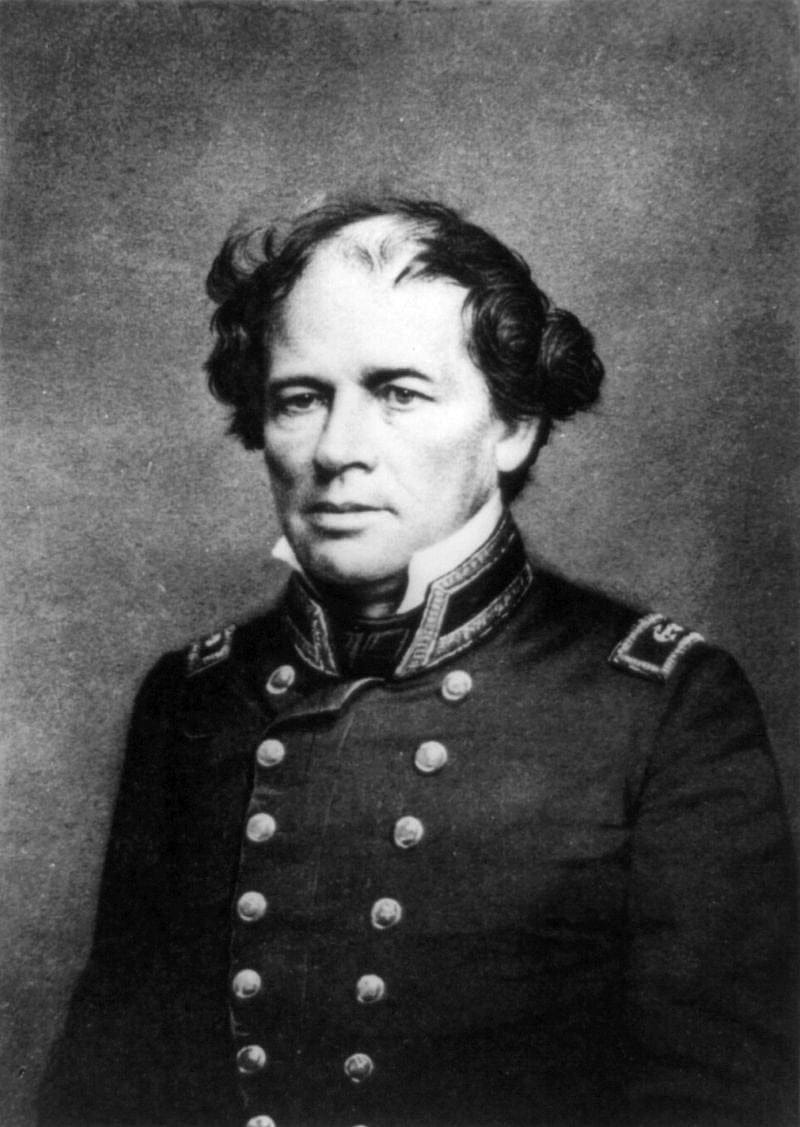‘Father of Oceanography’ Cancelled By Oceanography School on Cape Cod

A short road running through the campus of Woods Hole Oceanographic Institution on Cape Cod has been renamed because its namesake fought for the Confederacy during the Civil War and supported slavery.
Maury Lane is now officially called Marie Tharp Lane. The school has erected a temporary sign and plans to replace it with a permanent sign eventually, according to The Cape Cod Times.

